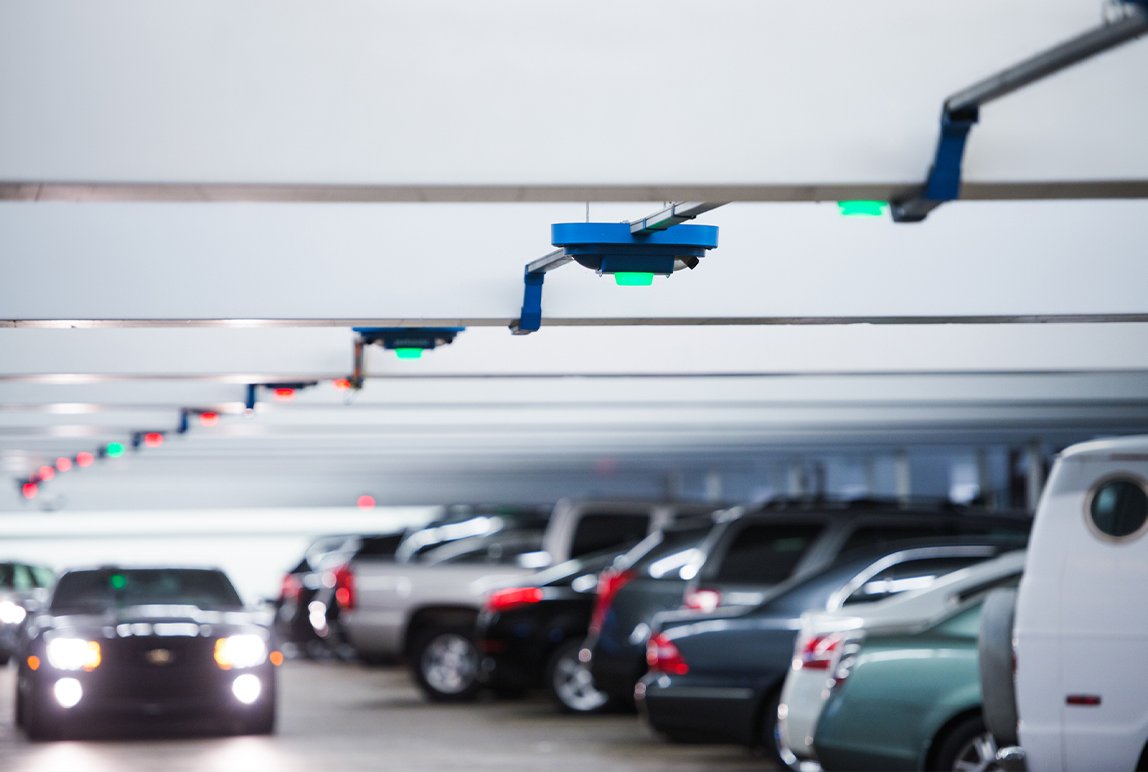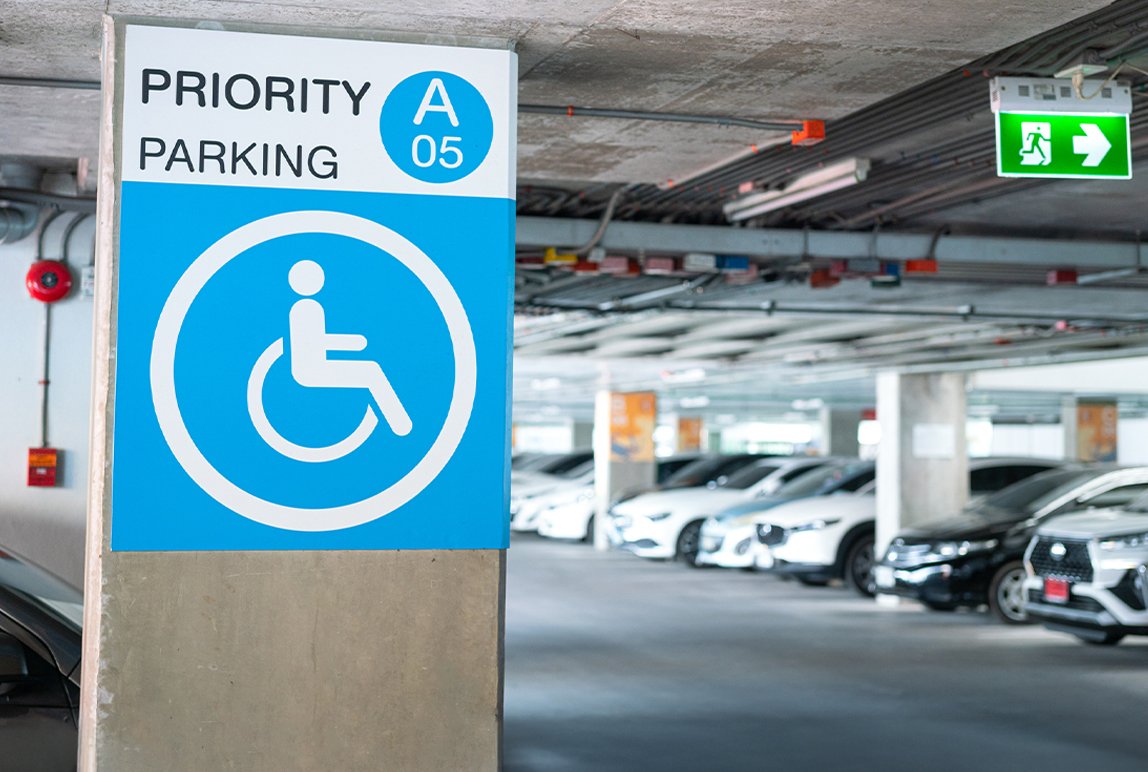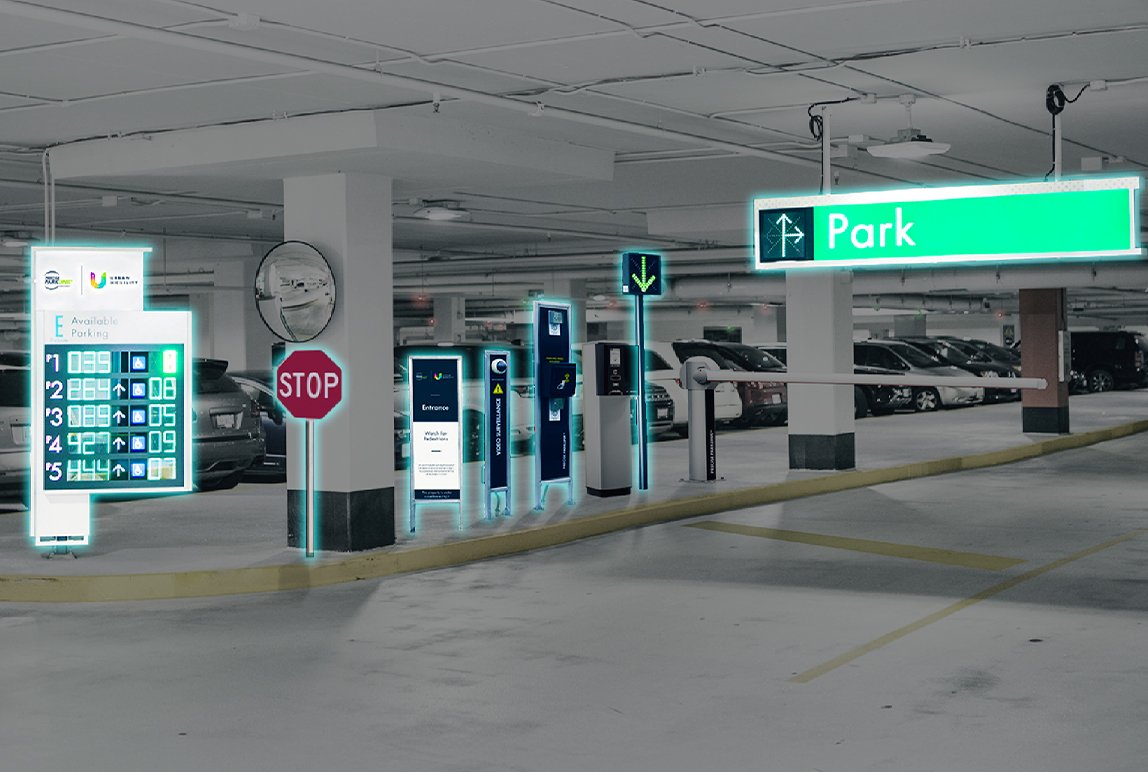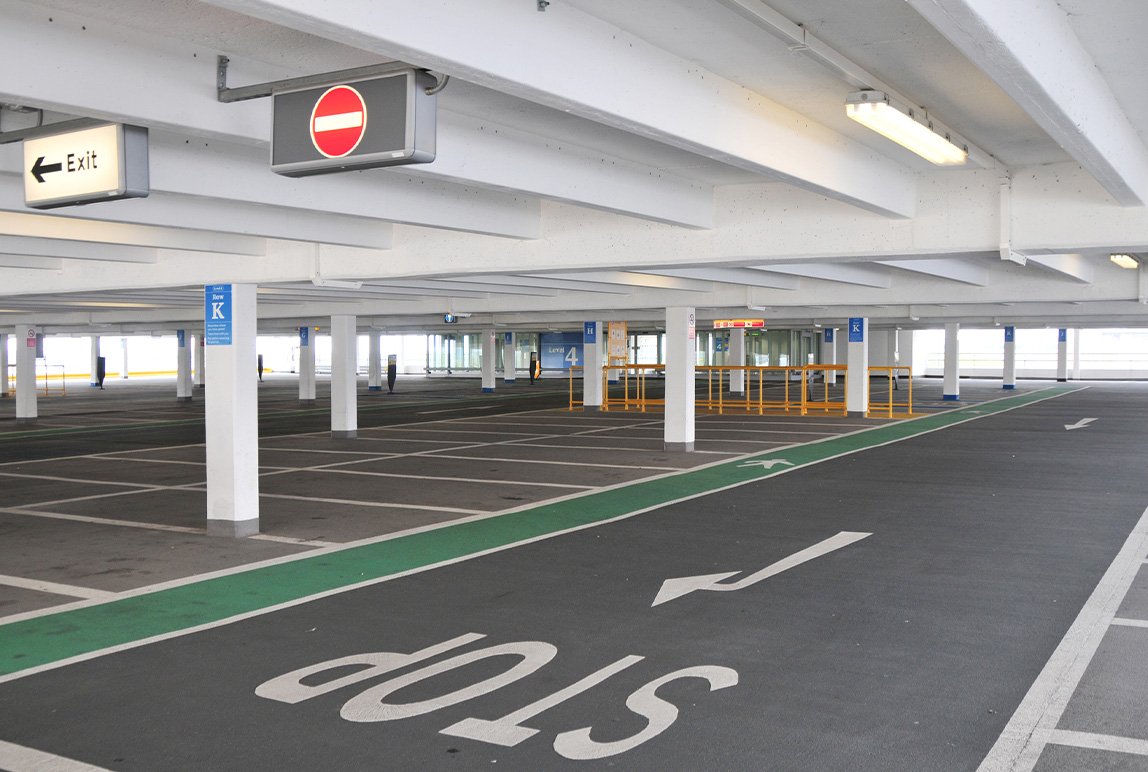The Role of Parking Occupancy In Dynamic Pricing Models
Posted: March, 28, 2022 3:38PM ET • 4 min read
And why it’s the key to monetizing your parking operation.
Parking occupancy provides valuable insight into how well a parking operation is running. It reflects the difference between the demand for parking and the capacity available, providing immense opportunities for revenue generation.
But how can understanding parking occupancy help us increase our parking revenue? It's simple when we understand our parking occupancy rates; we can deploy dynamic pricing models—smart pricing strategies that can be used for all business types, including parking.
Businesses across the globe have leveraged dynamic pricing strategies for years. The hospitality industry and organizations such as Uber are great examples of how businesses can benefit from using dynamic pricing algorithms that automatically adjust rates based on variables such as time of day and knowledge of supply and demand at any given time.
How can dynamic pricing be deployed for parking operations?
Introducing a dynamic pricing model for your parking operation will ensure you set rates based on supply and demand. The first step to getting started is to begin collecting parking occupancy data. This can be done with smart sensor technologies such as Park Assist that allow you to track and monitor real-time parking occupancy and set rates dependent upon occupancy targets allocated to that period.
Once you begin gathering data, it's essential to identify, monitor and measure key performance indicators (KPI) to help you understand your parking occupancy and how effectively you are achieving your business objectives.
What KPIs should I analyze for parking occupancy?
Keeping an eye on your parking facility's turnover, average stay, peak hours, and days on a parking management platform such as ParkSuite will give you a better idea of when to expect high or low occupancy allowing you to make informed decisions.
In addition to flexible pricing, understanding parking occupancy rates can help you schedule routine maintenance or set marketing budgets accordingly.
What should my dynamic pricing strategy consider?
When operating on a dynamic pricing structure, it is common for property managers to raise rates during peak times and lower rates during downtimes. However, it's essential to consider how these rates are being adjusted—manually or with an automated algorithm? Investing in flexible technologies that provide guidance and control over pricing adjustments is a key consideration.
Another critical consideration is offering special rates for loyalty programs to incentivize the customer to park in your lots. When paired with credential-based parking technologies such as license plate recognition technology (LPR), digital permits via barcodes or Bluetooth Low Energy (BLE) permits, parking guidance systems can better connect the digital and live customer experience. Although this may seem like a small gesture, it will build facility loyalty and repertoire for your customers—and with that comes positive word of mouth. It's a win, win for everyone.
Understanding parking occupancy is fundamental to the success of a parking operation. Keeping an eye on how your customers are using your facility will help you adapt quickly (and at the correct time) to market changes and implement the correct modifications to your parking operation to maximize revenue, occupancy, length of stay, and return customers.
References
Bruce, C. (2022, March 7). 5 ways data and analytics can improve your parking operation - precise ParkLink: Parking management services. Precise ParkLink | Parking Management Services. Retrieved March 7, 2022, from http://www.preciseparklink.com/news/5-ways-data-and-analytics-can-improve-your-parking-operation
Donatucci, A. (2022, March 4). Three KPIs for a successful parking operation - precise ParkLink: Parking management services. Precise ParkLink | Parking Management Services. Retrieved March 7, 2022, from https://www.preciseparklink.com/news/three-kpis-for-a-successful-parking-operation
Kassim, R. (2022, March 7). The first step to achieving key operational objectives? understanding parking kpis - precise ParkLink: Parking management services. Precise ParkLink | Parking Management Services. Retrieved March 7, 2022, from http://www.preciseparklink.com/news/the-first-step-to-achieving-key-operational-objectives-understanding-parking-kpis
Power, L. (2015, August 5). Dynamic pricing. Parking Network. Retrieved March 7, 2022, from https://www.parking-net.com/parking-industry-blog/parking-network/dynamic-pricing#:~:text=Dynamic%20pricing%20is%20the%20adjustment,allocated%20to%20that%20time%20period.
Tse, B. (2022, January 12). 6 quick and easy ways to improve parking occupancy levels in 2022 - precise ParkLink: Parking management services. Precise ParkLink | Parking Management Services. Retrieved March 7, 2022, from https://www.preciseparklink.com/news/6-quick-and-easy-ways-to-improve-parking-occupancy-levels-in-2022
Share Article:
Featured Articles
ABOUT THE AUTHOR
Melissa Tucci
Client Relations Manager
Melissa’s extensive experience in a variety of roles with Precise ParkLink has given her a unique perspective on how to effectively navigate Precise ParkLink’s corporate structure to advocate on her clients’ behalf. Melissa’s success in her career with Precise ParkLink so far has been marked by thriving in fast-paced environments and going above and beyond to meet project stakeholders’ requirements. In her present role, Melissa leverages her client service skills and account management experience to act as her clients’ day-to-day point of contact. This entails playing a key role in ensuring that all client accounts are reconciled and paid in a timely manner, and supporting client engagements in the areas of staff training and development, project management, implementation, and scheduling.
Questions?
Fill out the form below and we will do our best to connect you with a suitable contact.













